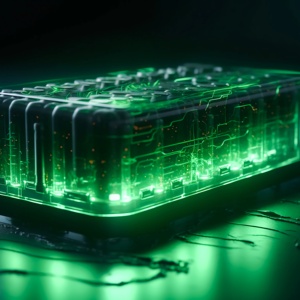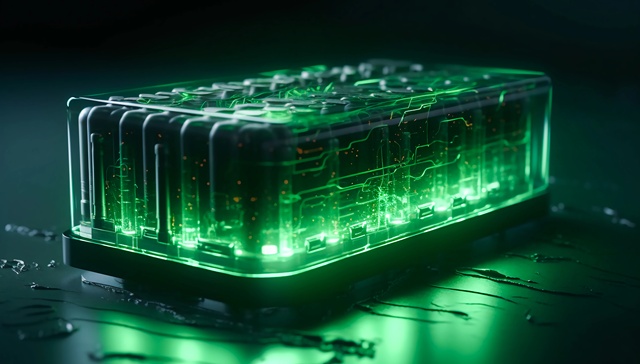By GAO Jing, WANG Yong, ZHUANG Jian
When CATL decided to build a 14GWh factory in Thuringia, east-central Germany, it probably didn’t expect the prolonged timeline. The agreement was signed in 2018 and it took five years for the factory to reach full capacity.
Since then almost all of China’s prominent battery manufacturers have followed the same path. At least a few steps along the path. Almost all the factories are still on paper only.
European bureaucracy
Building a factory is a lengthy process in Europe, demanding at least three years. Even if businesses circumvent some bureaucracy by remodeling old factories, setting up the machines is a complicated process.

Chinese technicians have to wait for work visas. Overtime is scrutinized under local labor laws. The police were summoned to CATL’s German factory on reports of questionable labor practices.
For project managers accustomed to China's fast pace, this is a major adjustment. LI Ke who has overseen projects in both China and Europe says everything takes twice as long in Europe.
“There are rounds after rounds of review. It takes at least half a year to get the permits. Regulators want a perfect design and absolute safety, but we lose control of time,” he said.
Obstacle race
Delays or not, going overseas is a must. The EU and US are phasing out internal combustion engine cars and have laws supporting local EV production.
An EU regulation on carbon footprints makes it hard for manufacturers outside the EU to comply. The US government’s Inflation Reduction Act promises up to US$7,500 (53,652 yuan) in tax credits for certain EVs. Only cars that source components and raw materials from the US or its trade allies qualify. Half of the 22 planned factories are in Europe.
Hungary is the second largest destination in Europe. It already has an established auto industry and Chinese companies have committed over 60 billion yuan in the country.
The main obstacles in Europe are environmental regulations and political maneuvering. Companies interviewed consider these issues unavoidable but manageable. Navigating the situation in the US presents more challenges.
Congress is watching you
Geopolitical tension and labor movements in the US have put Chinese companies in the political crosshairs. Technology licensing or joint investment with local companies are considered more viable, but not completely risk-free.
In September, Congress asked Ford to submit documents related to its partnership with CATL and threatened to call CEO Jim Farley to testify.
The two companies signed an agreement in February that allowed Ford to use CATL technology. Ford paused construction of a US$3.5-billion battery factory in Michigan during a strike. When work resumed two months later, the factory was significantly downsized.
Many of these obstacles have been erected specifically because Chinese companies have a lot of advantages. They are better at mass manufacturing lithium iron phosphate batteries, which, compared to Japanese and South Korean manufacturers’ products, perform better and cost less.
Regardless of location, companies must rethink their supply chains. The majority of components and raw materials are sourced from China, which entails a month-long sea journey that leaves factories susceptible to changes in production plans. As EV supply chains are localized, buying supplies from China will only become less feasible.
Qualifications matter
AESC aims to source all its components and raw materials locally for its European factories by 2027. Currently, 80 percent of them come from China. Its planned US factories have entered into an agreement with Brussels-based Umicore, which is building a factory in Canada. This will qualify EVs equipped with AESC batteries for the US$7,500 tax credit.
This has encouraged battery component companies. Half a dozen manufacturers of electrodes, separators, and electrolytes have planned factories in Europe and North America. They likely will face similar hurdles.





